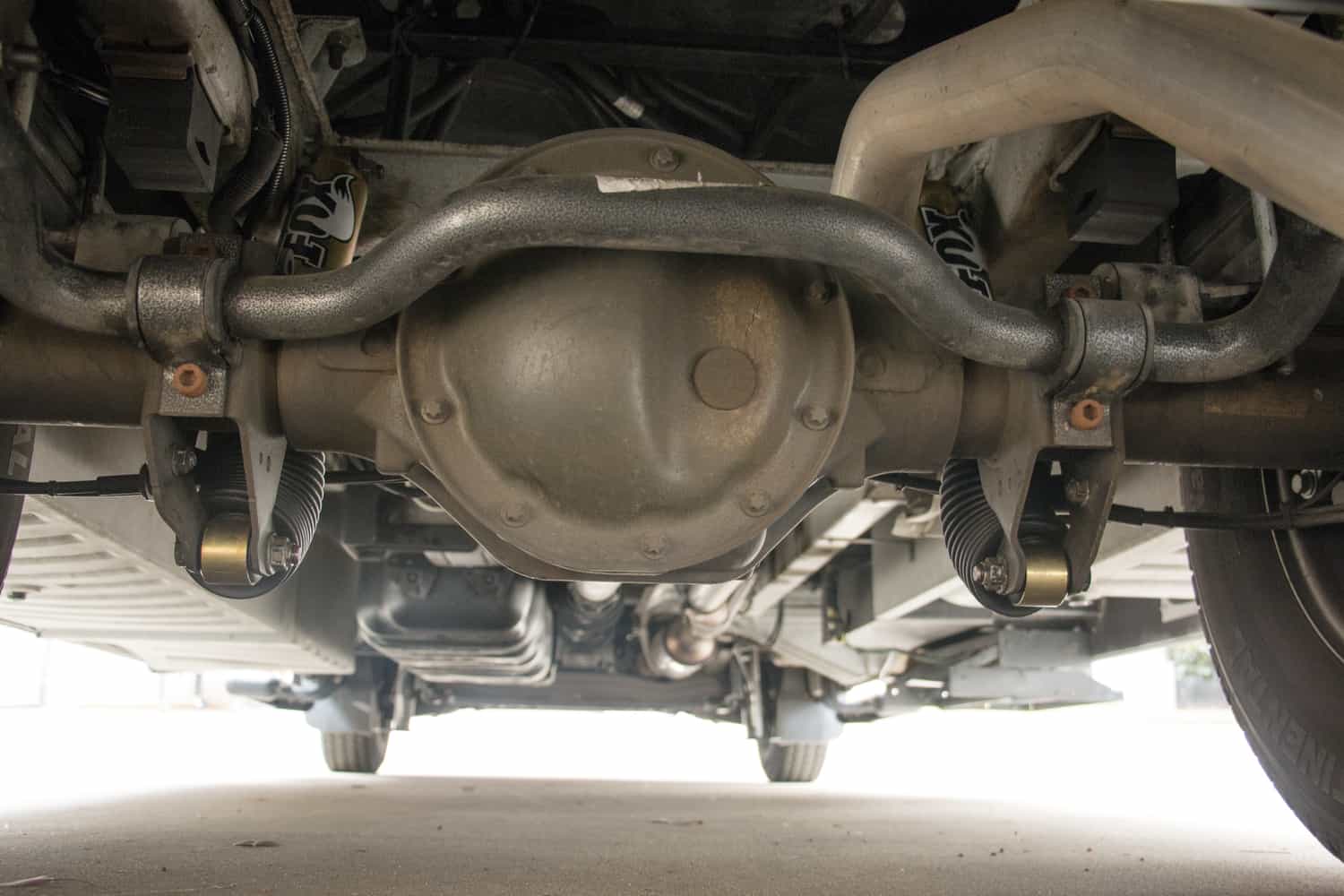A sway bar is essential to many vehicles to improve handling and cornering powers. Essentially, this component connects the left and right wheels to reduce body roll, which can occur when traversing turns too quickly.
Table of Contents
With a sway bar, the outside wheel remains firmly on the ground, thus providing stability when turning or coping with unexpected bumps. It can also help restore tire-to-road contact for greater control of steering and acceleration horsepower.
READ: Why Don't Electric Cars Have Solar Panel Roofs?
What is a Sway Bar?
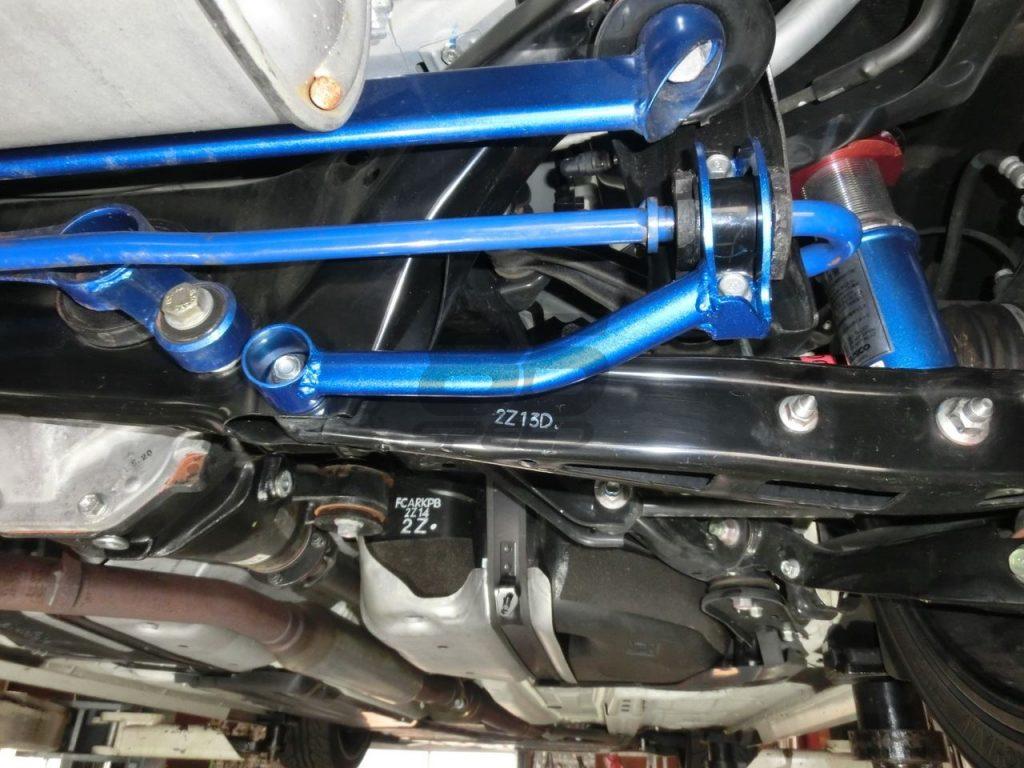
A sway bar, also known as an anti-roll bar, stabilizer bar, or anti-sway bar, is an automobile suspension component that reduces body roll during cornering. A metal rod is attached to the vehicle's chassis and either the left or right side of the suspension. The sway bar transfers the forces generated by the suspension during cornering to the opposite side of the vehicle, thus reducing body roll.
Purpose of a Sway Bar
The purpose of a sway bar is to reduce body roll during cornering. As the vehicle turns, the sway bar transfers the forces generated by the suspension to the opposite side of the vehicle, which reduces body roll and helps the vehicle stay more level and stable during cornering.
Benefits of a Sway Bar
The primary benefit of a sway bar is improved handling during cornering. Reducing body roll allows the sway bar to stay more level and stable during cornering, resulting in improved handling and better vehicle control. The sway bar also reduces the stress placed on the suspension components, resulting in longer life and improved reliability.
Types of Sway Bars
There are two main types of sway bars: solid and hollow. Solid sway bars are made of a single piece of metal and are the most common type. Hollow sway bars are made of two pieces of metal and are lighter than solid sway bars. Additionally, hollow sway bars can be adjusted to provide different levels of body roll reduction, allowing for a more customized vehicle setup.
Installation of a Sway Bar
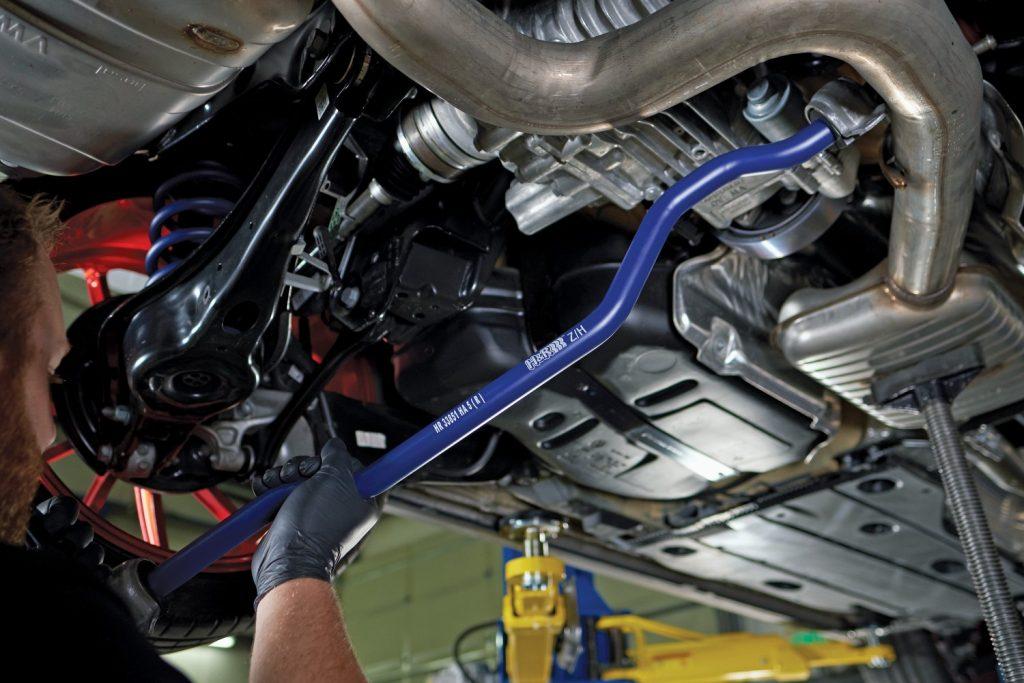
Installing a sway bar is a relatively simple process. The first step is to remove the existing sway bar and then mount the new sway bar in its place. The sway bar is typically mounted to either the left or right side of the suspension and secured with bolts or clamps. Once the sway bar is mounted, the suspension components should be checked for alignment and proper installation.
READ: How Much HP Does A Supercharger Add?
Components of a Sway Bar
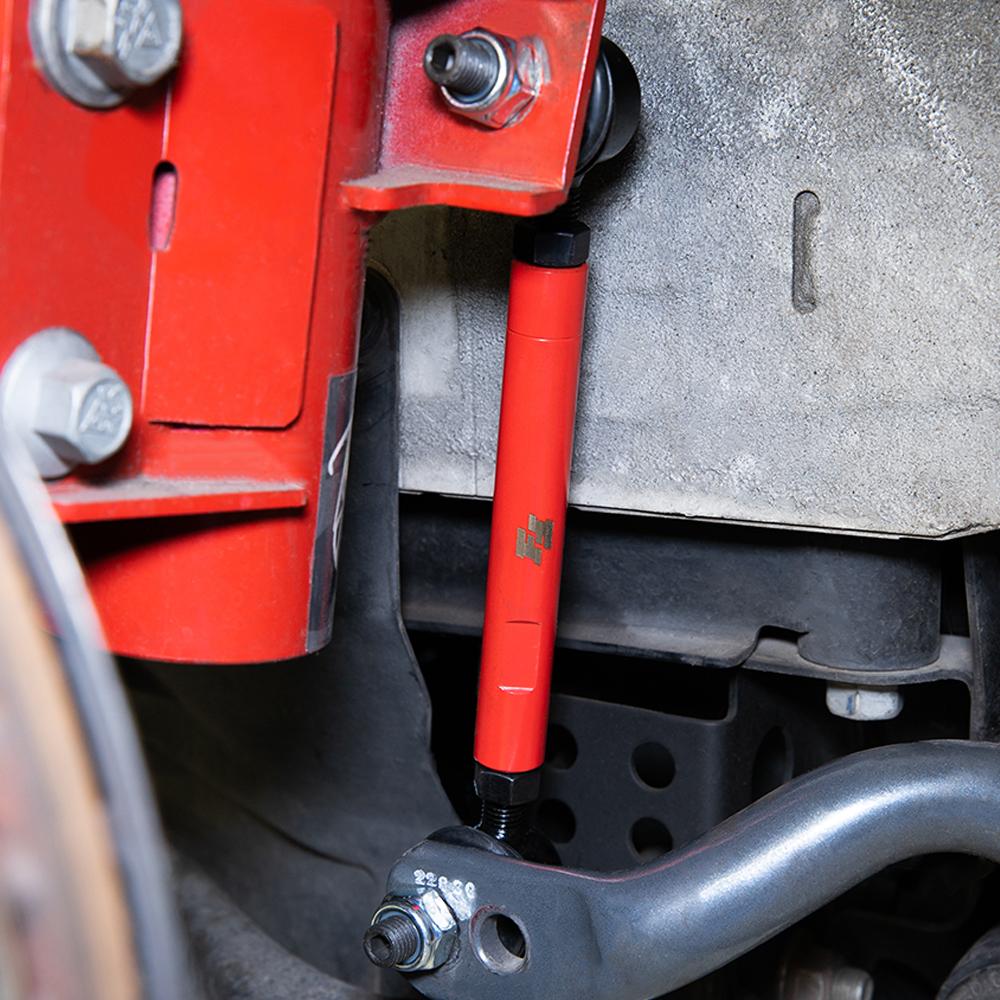
The components of a sway bar include the bar itself, bushings, end links, and mounting hardware. The bar is typically made of either solid or hollow steel and is usually round in shape. The bushings are rubber components that act as a cushion between the bar and the suspension components, and the end links are metal rods that connect the bar to the suspension. Finally, the mounting hardware is used to secure the sway bar to the vehicle.
Adjustment of a Sway Bar
Adjusting a sway bar is a relatively simple process that can be done with essential hand tools. The adjustment process typically involves loosening the end links and then tightening or loosening the sway bar. This adjustment allows for a customized vehicle setup tailored to a specific driving style or track conditions.
Maintenance of a Sway Bar
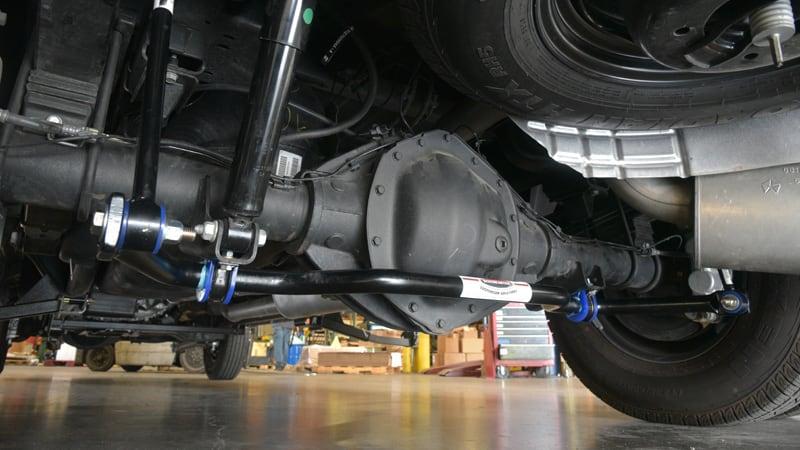
Maintaining a sway bar is simple and involves regularly checking the bushings, end links, and mounting hardware for wear and tear. Additionally, the bar itself should be checked for cracks or other damage. Any components that are damaged or worn should be replaced as soon as possible to ensure optimal performance.
Sway Bar Upgrades
Upgrading a sway bar is a great way to improve handling and performance. Upgrading to a larger or stiffer sway bar will reduce body roll and improve handling while upgrading to a hollow sway bar allows for adjustable levels of body roll reduction. Additionally, upgrading the end links and bushings to higher-quality components can improve overall performance and reduce wear and tear on the bar itself.
READ: Coilovers vs. Lowering Springs
Conclusion
A sway bar is a vital suspension component that reduces body roll during cornering. It transfers the forces generated by the suspension to the opposite side of the vehicle, resulting in improved handling and better vehicle control. There are two main types of sway bars: solid and hollow, and the installation, components, adjustment, and maintenance of a sway bar are all relatively simple processes.
Additionally, upgrading a sway bar is a great way to improve handling and performance. With the proper knowledge and tools, a sway bar can be a great addition to any vehicle.

